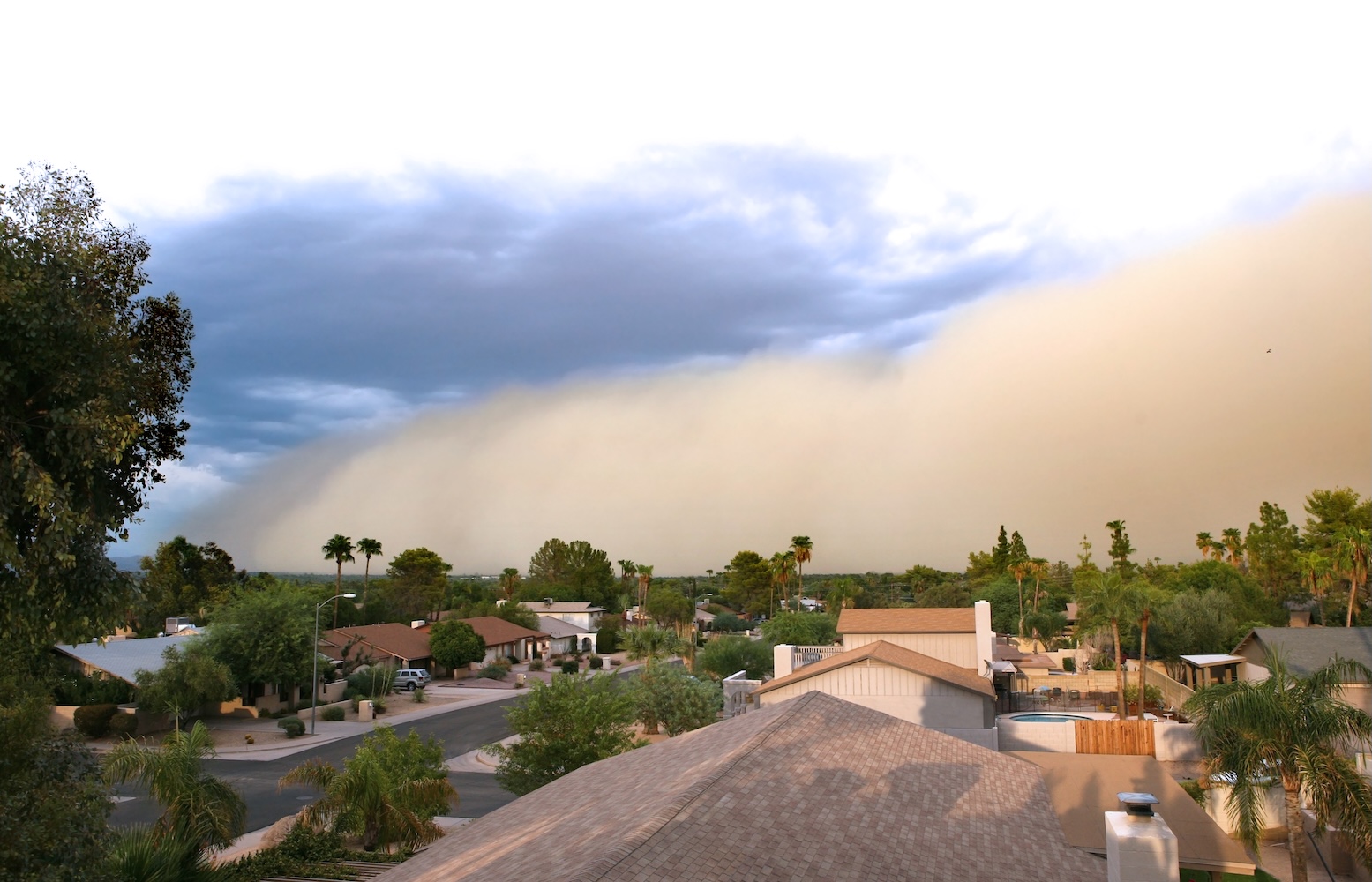Booker T. Washington once called Mound Bayou a model of “thrift and self-government.”
He called it that for good reason.
Isaiah T. Montgomery and Benjamin T. Green – formerly enslaved by Joseph Davis, the brother of Confederate President Jefferson Davis – founded Mound Bayou in 1887. Known as the “Jewel of the Delta,” it was incorporated in 1898. Mound Bayou is the oldest all-Black municipality in the United States. Montgomery and Green purchased the 840-acre land for $7 per acre and put $420 down.
Historians say the men selected the area because the Louisville, New Orleans, and Texas line railroads ran through the center of the town so that it would attract more people.
Mound Bayou measures less than a square mile in the Mississippi Delta. Located approximately 150 miles north of Jackson, it was a bustling community of Black-owned businesses and successful farms by 1900.
Mississippi is known for its history of racial oppression. It’s also known currently for its highest poverty rate in the country and low quality of education. Still, it’s also known for its essential African-American history found in places like Mound Bayou. It was one of the first settlements by freed people exclusively for African Americans. In its prime, Mound Bayou had successful Black schools, three cotton gins, a library, a bank, a sawmill, a post office, churches, and so much more.
“School was tough. All the teachers wanted you to do well, and they helped you,” a former resident told the Mississippi Center for Investigative Reporting.
Beyond its economic success, it played an essential role as a haven for Black people at the height of racially motivated violence during The Civil Rights Movement. Outside of the Mound Bayou bubble, Black people were targeted, humiliated, attacked, and killed for their existence. In Mound Bayou, Black people sought refuge from this violence.
Life In The Early Days
Inpatient care was nonexistent for African Americans in most places in the United States pre-Antebellum and post-Antebellum – especially in Mississippi. All that changed when the most famous Black-owned hospital, Taborian Hospital, was established in 1938. Perry M. Smith is known as the founding father of the hospital. Historians say Smith was inspired after being insulted by staff at a white-owned hospital just years before.
“He had taken one of his children to a white hospital, entering through the back door. He had waited in vain for a doctor, and eventually, he left,” said University of Alabama historian David Beito.
Smith took his child to the Afro-American Sons and Daughters Hospital in Yazoo City, Mississippi, where Beito says he entered through the front door and was treated with courtesy and respect. His experience prompted him to organize the Knights and Daughters of Tabor – a large fraternal group where he served as the Grand Mentor of the Taborians, to start the hospital.
Taborian Hospital opened in 1942. It was a modern facility with two large operating rooms, an X-ray room, a sterilizer, an incubator, a blood bank, and a laboratory. The hospital in town employed Black surgeons, doctors, and nurses. Dr. T.R.M. Howard was the chief surgeon and medical director of the hospital.
Following a dispute with P.M. Smith, Dr. Howard opened a second hospital, The United Order of Friendship Clinic, across the street from Taborian Hospital.
Howard, revered as one of the greatest Civil Rights leaders, would host Regional Council of Negro Leadership (RCNL) conferences in the 1950s. He was able to summon tens of thousands of participants for the annual conference, where they discussed civil rights, racial tensions, the Black economy, and issues such as Brown v. Board of Education and Emmett Till’s murder.
During the murder trial for Till, Dr. Howard opened his doors to reporters and witnesses by giving them a place to stay during the trial. He also provided them with armed security to the court.
Life In Mound Bayou Today
Even with its success, the town faced some economic challenges. In the 1900s, Black farmers were prominent. Two-thirds of landowners were also Black farmers. That all changed by the 1920s. The number of Black farmers declined due to high debt and agricultural problems. Another blow happened in the early 1940s when a fire broke out, destroying the business district in the town.
In 2018, the Mississippi Supreme Court filed an order to close the town’s high school just two days before school started. The decision came months after Mound Bayou residents filed an injunction to stop the district from consolidating schools. Residents fighting for John F. Kennedy High School to stay open say the school is pivotal in African-American history.
It’s still a predominantly Black town today, but only a few stores and jobs remain.





